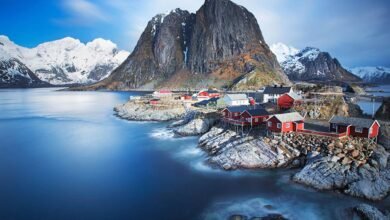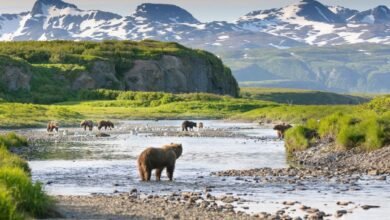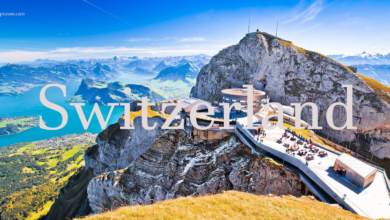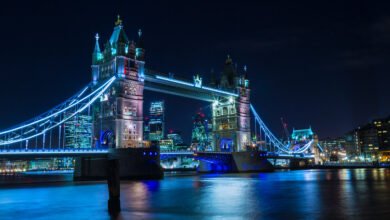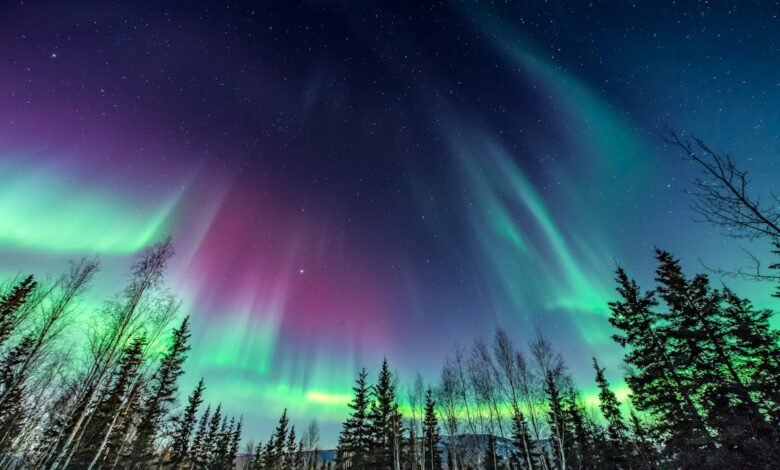
Would you like to see the fascinating Northern Lights phenomenon? Northern Lights Trip Planning to catch this amazing success can be a thrilling journey of expectation and wonder. By being well-prepared and reported, you can increase your probability of sharing the full beauty of this natural spectacle.
In this precise guide, we’ll steer you through each step of preparing for your Northern Lights experience, from selecting the perfect goal to improving your chances of monitoring the unattainable aurora borealis.
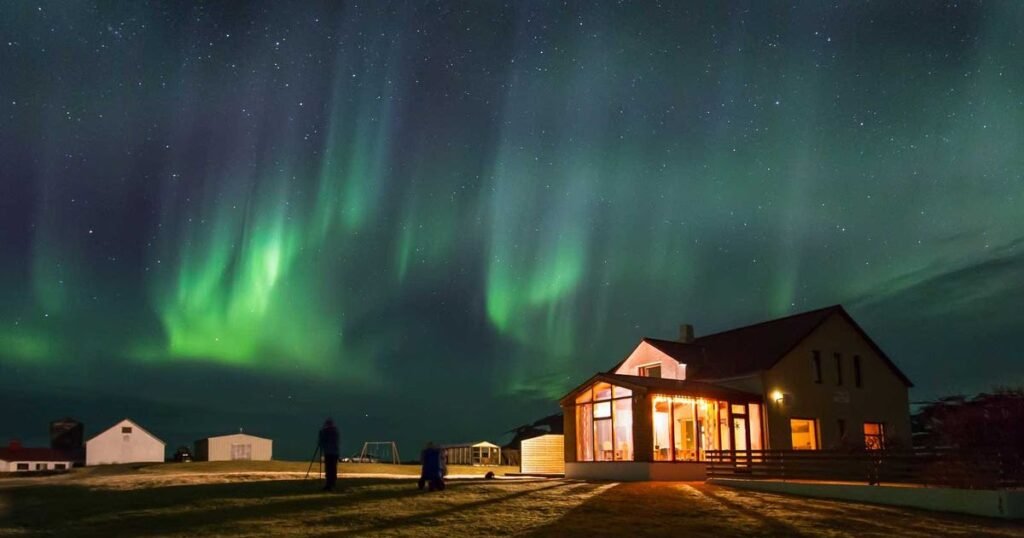
Research and Choose Your Destination
To prepare for your Northern Lights journey, analyze and select the best destination. Iceland, Norway, Sweden, Finland, and Canada are some of the countries with the highest options for catching aurora borealis. Each site has its allure and ample possibilities for seeing the Northern Lights.
When deciding, consider weather conditions, convenience of access, and the variety of activities offered. Don’t forget to incorporate the keyword “trip to see the Northern Lights” into your research to ensure you find pertinent information and helpful resources for your journey.
Determine the Best Time to Visit
Choosing the right time is key for your Northern Lights adventure. While the aurora borealis happens throughout the year, the prime viewing time is during winter when nights are at their darkest. Typically, the peak season spans from September to March. However, the exact timing varies based on your destination and local weather.
Utilize online tools to monitor aurora forecasts, helping you plan your trip effectively. It ensures you’re in the best position to witness the enchanting dance of lights in the night sky, creating memories that last a lifetime.
Book Your Accommodation and Transportation
After deciding on your destination and identifying the perfect time for your trip, the next phase is securing accommodation and transportation. Multiple hotels and lodges in Northern Lights hubs furnish tailored packages for Aurora admirers.
Opt for lodgings that minimize light pollution and grant convenient access to prime viewing spots. Furthermore, transportation agreements, whether renting a car or participating in suggested tours, should be arranged to provide seamless trips to optimal Northern Lights vantage points.
By planning these requirements, you pave the way for a soft and unforgettable experience under the fascinating glow of the aurora borealis.
Pack the Essentials
Packaging the right equipment and essentials is necessary for Northern Lights Trip Planning. Identify the requirement to contain warm clothing such as insulated jackets, hats, gloves, and thermal coatings, as temperatures can drop, especially during winter nights. Pack a sturdy tripod and a camera with manual settings to catch the fascinating beauty of the aurora borealis.
Bring snacks, water, a flashlight, and additional batteries to stay sustained, hydrated, and prepared for nighttime experiences. By filling thoughtfully, you’ll be prepared to fully immerse in the awe-inspiring knowledge of seeing the Northern Lights.
Stay Informed and Flexible
Weather plays a vital role in the visibility of the Northern Lights. Despite careful planning, overcast skies or other atmospheric aspects may affect your aurora viewing knowledge. Stay notified by observing weather predictions and aurora activity reports before Northern Lights Trip Planning.
To improve your chances of viewing the Northern Lights, keep the plan adjustable and be prepared to adjust it based on real-time weather conditions. Stay flexible and proactive to maximize chances to admire and remember the Aurora’s beauty.
What Are the Northern Lights?
The Northern Lights, typically called aurora borealis, are a spectacular natural wonder in the Earth’s polar areas. This stunning light results from the exchange between solar wind’s assessed particles and Earth’s magnetic field. When these particles, primarily electrons and protons, run up due to solar winds, they collide with oxygen and nitrogen atoms and molecules in our atmosphere.
These collisions excite the atoms and molecules, briefly absorbing the particles’ energy. When they return to their normal state, they emit this energy as light, forming the vibrant hues and patterns of the Northern Lights.
The colors of the aurora borealis vary depending on gas particles and altitude. Oxygen atoms create green and red colors, while nitrogen molecules produce blue and purple shades.
The aurora borealis is usually visible in the Northern Hemisphere from late summer to early spring, peaking during the long evenings of winter. It is a captivating experience that attracts travelers worldwide to witness this spectacular natural phenomenon firsthand.
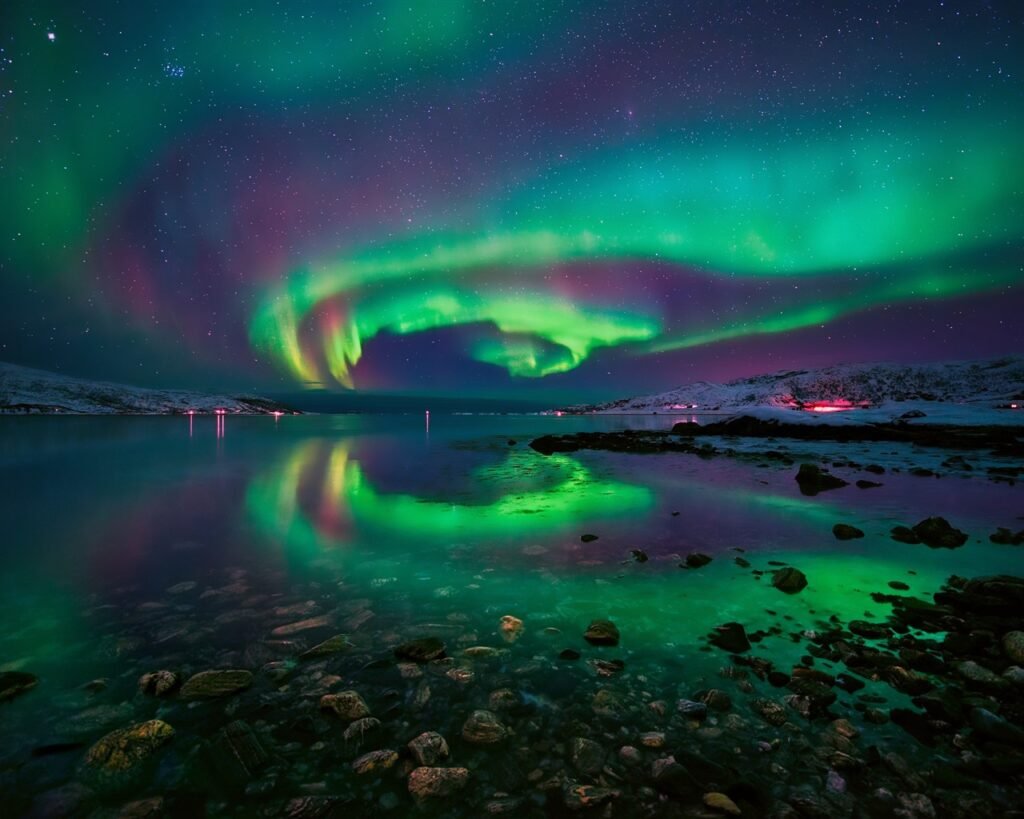
Where Can the Northern Lights Be Viewed?
Northern Lights Trip Planning, directed to the aurora borealis, light the Earth’s northern areas, especially in the Northern Hemisphere. Some amazing places to watch this star spectacular include:
-
Iceland
Iceland presents exceptional options for witnessing the Northern Lights in its breathtaking scenery, wild shores, and pristine wildlife, particularly in winter. Its tiny areas and low-light decay deliver the perfect setting for seeing the aurora borealis in all its spectacular glory.
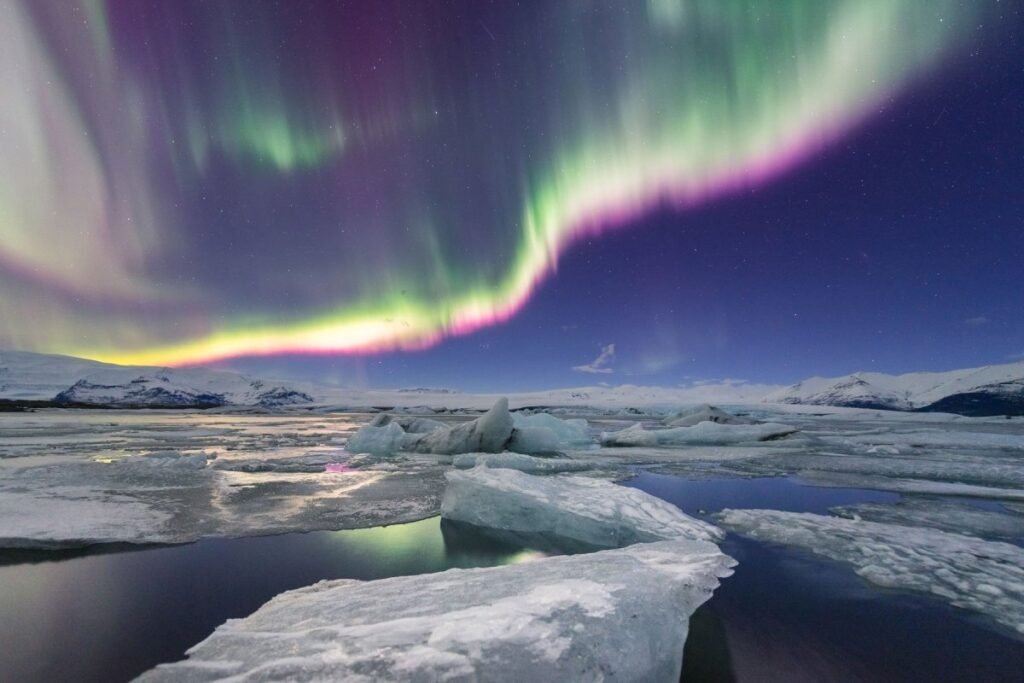
-
Norway
The northern regions like Tromsø and the Lofoten Islands call out to those intrigued by the aurora borealis, delivering regular peeks of this beautiful natural display. These spots delight not just with their private attractiveness but also with the regular formations of the Northern Lights.
Visitors to Tromsø and the Lofoten Islands can lose themselves in the peace of the Arctic scenery while eagerly awaiting the magnificent sight of the aurora borealis. Framing memories that will last a lifetime amidst the stunning phenomenon of the Northern Lights.

-
Sweden
In the Swedish Lapland, goals like Abisko and Kiruna show vast pristine nature and deliver excellent settings for staining the Northern Lights. The area’s natural landscapes and clear skies form an ideal canvas for sharing the full magnificence of the aurora borealis.
Visitors in the Swedish Lapland can immerse themselves in the serenity of nature while eagerly awaiting the fascinating display of the Northern Lights decorating the night horizon.
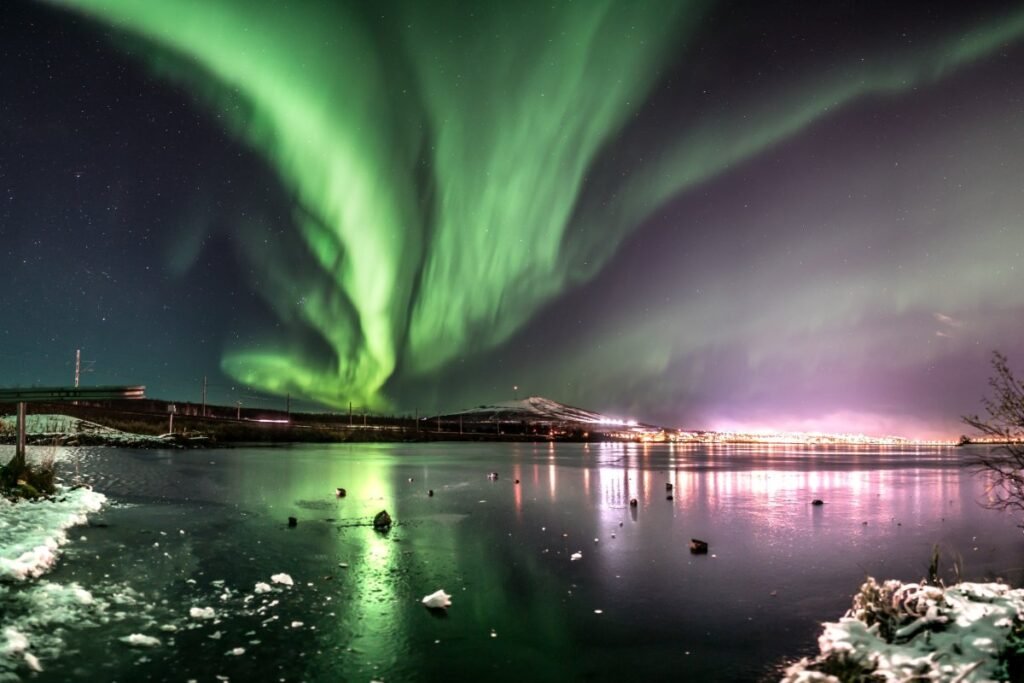
-
Finland
Lapland and the Finnish Archipelago offer excellent winter experiences. Visitors can see the stunning aurora borealis and immerse themselves in various winter sports. These spaces provide spectacular sights of the Northern Lights and compelling opportunities for marks such as dog sledding, snowmobiling, and ice fishing.
Tourists enjoy the beauty of the Finnish countryside and the mesmerizing display of the aurora. Lapland and the Finnish Archipelago offer travelers various experiences. Whether seeking tranquility or adventure, these goals promise an amazing winter getaway. Welcome the magic of the Northern Lights in Finland.
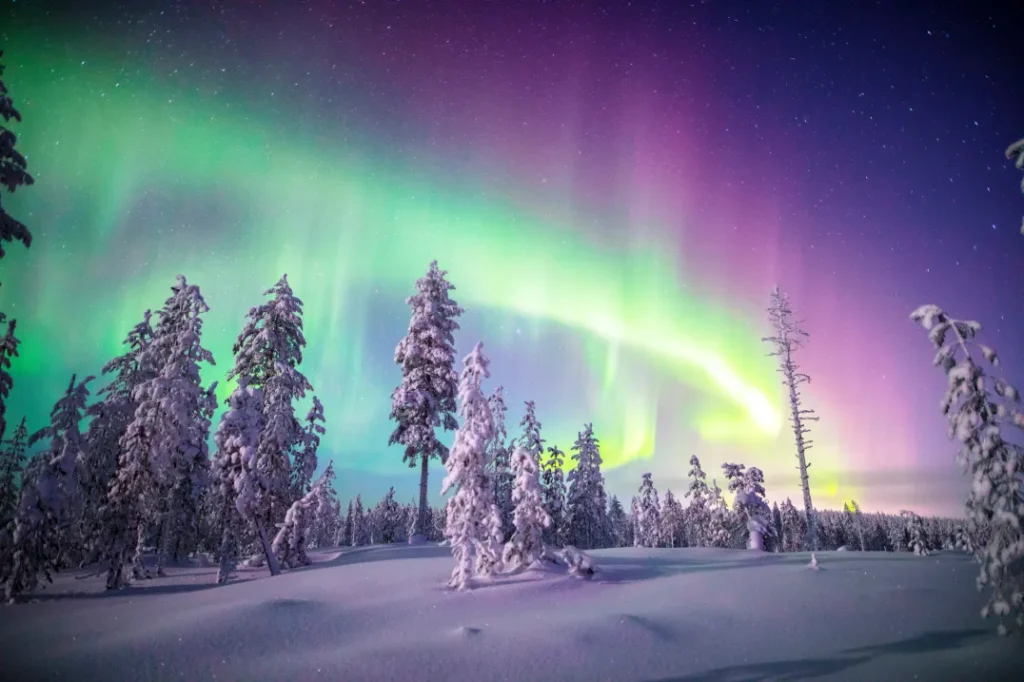
-
Canada
In Northern Canada, places like the Yukon, Northwest Territories, and Nunavut, there is an abundance of options to see the Northern Lights, mainly in remote areas with little light decay. These vast, untouched plains supply ideal locations for viewing the majestic magnificence of the aurora borealis.
In Northern Canada, visitors embrace the rugged wilderness, anticipating the mesmerizing Northern Lights. Its vast expanses and minimal human presence guarantee an unforgettable natural experience. Amidst the distant landscapes, the enchanting spectacle of the aurora borealis awaits discovery. Northern Canada presents an exceptional opportunity to marvel at nature’s marvels.
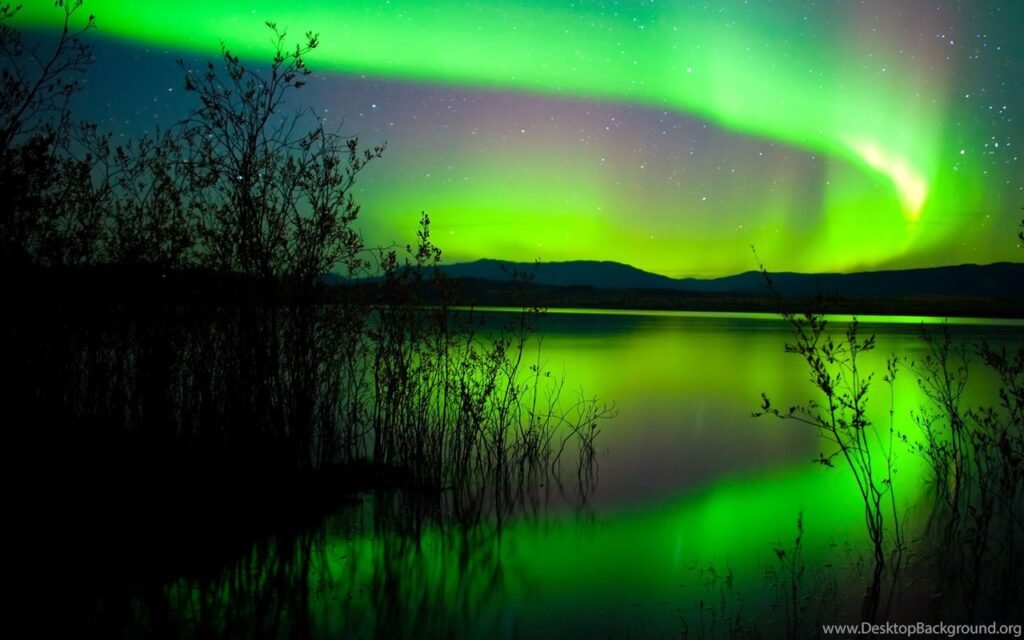
-
Alaska, USA
Alaska’s northern areas, such as Fairbanks and Denali National Park, have amazing opportunities to witness the aurora borealis gracefully smudging the night sky. These remote and unspoiled places present perfect vantage issues for sharing the breathtaking beauty of the Northern Lights.
Travelers exploring Alaska anticipate the aurora’s beauty amidst rugged wilderness. Its vast, natural expanses promise an unforgettable experience. In Alaska’s northern regions, minimal artificial light enhances natural wonders. Expect an amazing journey admiring nature’s phenomena.
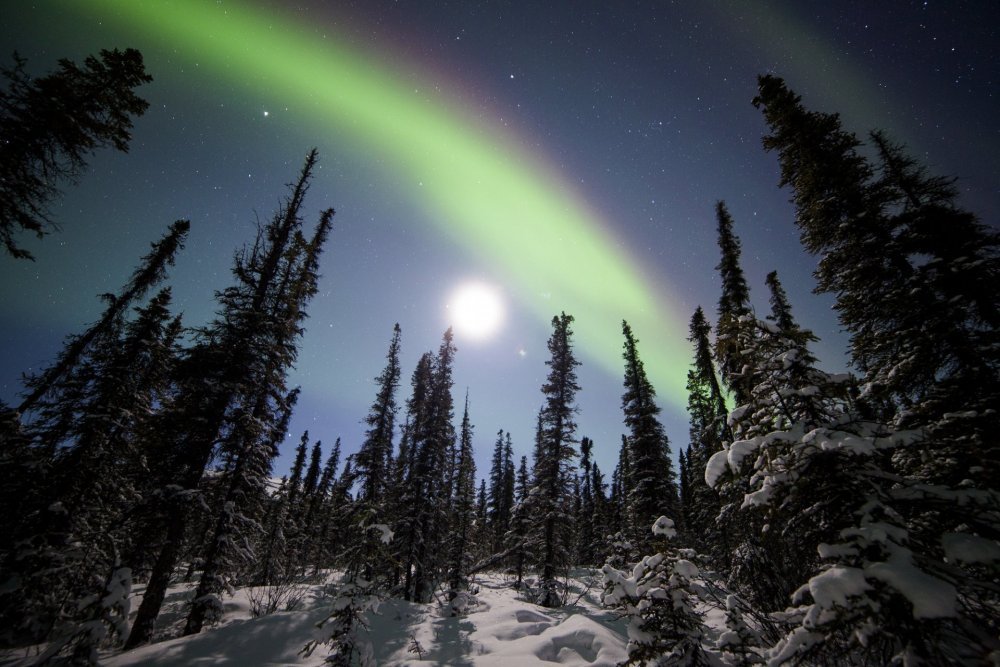
-
Russia
In the Arctic Circle, places like Murmansk and Siberia present unique opportunities to witness the Northern Lights, although accessibility may differ. These small regions offer rare glimpses of the aurora borealis, improving the allure of the Arctic scenery. Travelers in these areas embrace Arctic wilderness, eagerly anticipating Northern Lights above.
Despite accessibility differences, exploring Murmansk and Siberia guarantees an unforgettable Aurora viewing expedition.
These locations are just a glimpse of where you can see the Northern Lights. Generally, areas within or near the Arctic Circle provide the best chances, as they experience long nights in winter, which is perfect for observing this captivating natural phenomenon.
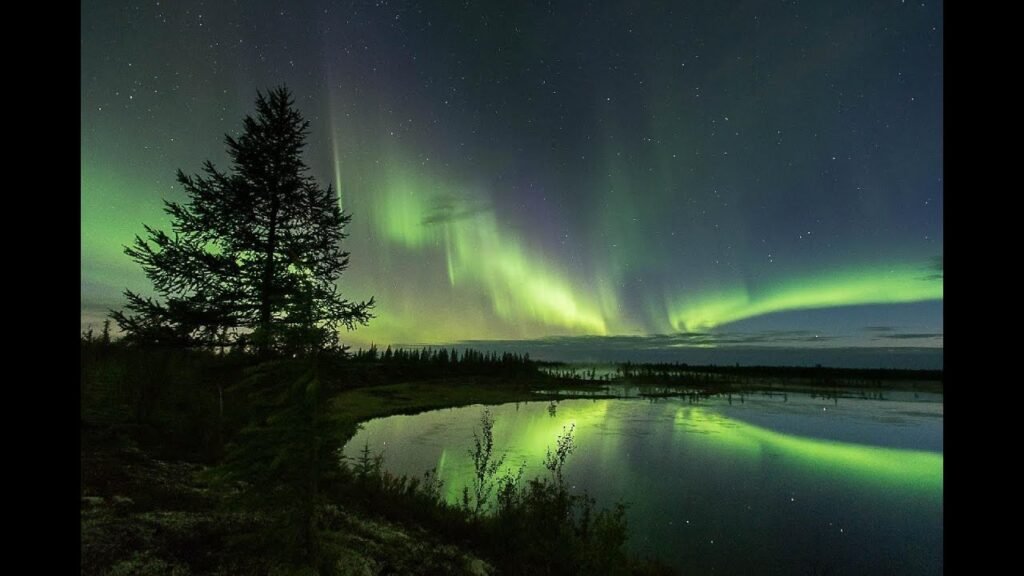
When Can the Northern Lights Be Seen?
The Northern Lights, referred to as aurora borealis, are visible at certain periods of the year, primarily in winter. Although they are present year-round, they are most noticeable during the longest and darkest nights. Typically, it occurs from late summer to early spring in the Northern Hemisphere.
Peak viewing season spans September to March, with the highest likelihood during equinox months like September and March. Earth’s magnetic field aligns more with solar wind during these times, boosting aurora activity.
The best time to view the Northern Lights within this peak season is typically during the darkest night hours when the sky is free from sunlight. This often means late evening to early morning, though timing varies based on location and local conditions.
Factors like solar activity, geomagnetic storms, and weather influence visibility. Tracking aurora forecasts and space weather improves chances of witnessing the dazzling aurora borealis in visible regions.
Conclusion
Moving on a Northern Lights Trip Planning is an exhilarating experience that necessitates comprehensive knowledge, planning, and transformation. Follow the guide and monitor forecasts to improve your chances of seeing the Northern Lights up close. Stay updated for a memorable experience.
Prepare yourself for an amazing adventure beneath the fascinating glow of the aurora borealis, where every point pledges to be filled with wonder and awe.
FAQs
[sp_easyaccordion id=”2319″]



